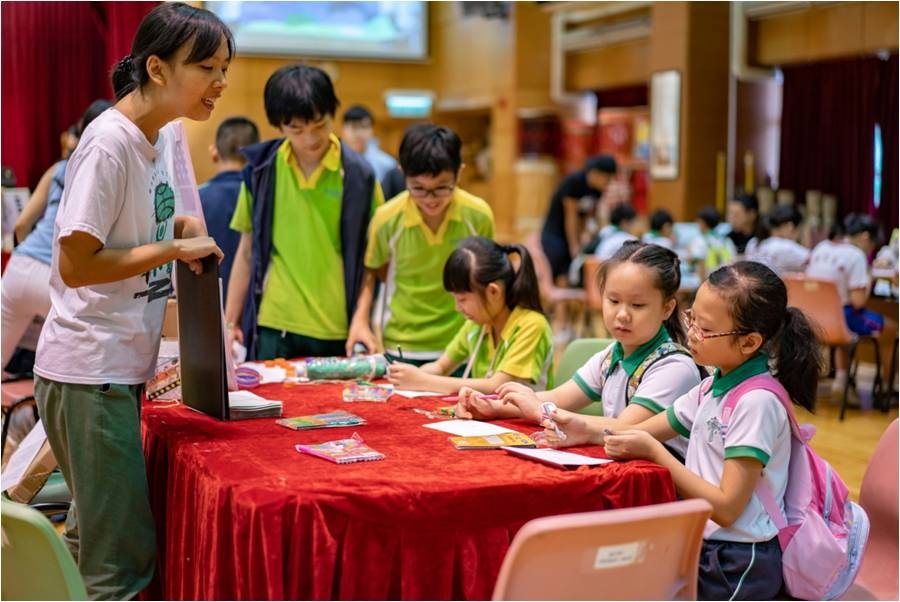The sun shines above the sky over Hong Kong for a long time since May this year. Every morning at 6 o’clock, a trace of sunlight had penetrated the glass and shone across the room when we still lay in bed. In the afternoon, the crowded streets with hot weather pushed me to sweat profusely and lose breath. Dozens of people were queuing up to buy a cup of bubble tea meanwhile the sweat trickling downs their cheek. The trash next to the shop was already filled with plastic straws and disposable cups.
From fetching the drink from the cashier to finishing consuming, it might only take half to two hours. Once we had finished, the plastic straw and tea cup would usually have become waste and buried in landfills. Disposing waste in landfills is the major waste management strategy in Hong Kong nowadays; while in developing countries, garbage is often thrown into rivers and beaches and then flowing into oceans in the end. According to Ellen MacArthur Foundation report, it estimates that the weight of the plastics illegally dumped in sea will be greater than that of fishes by 2050 if there are no actions being taken.
The Conservancy Association (CA) was pleased to join the ‘“Less Plastic” Point 3R&3Cs Carnival’ organized by The Education University of Hong Kong last month to illustrate the marine plastic pollution and showcase the plastic up-cycling items. We hoped to reach out to more local primary students and then urge them to adopt green practice in the city.

Flinging a straw in sea seems a drop in the bucket, but the video of the turtle with a straw in its nose lets us know what the truth is. In the workshop, we deliberately obscured some of the marine species in the painting and invited the pupils to guess what the shadows were. All the turtles, seahorses and coral fish in the sea are also happy and healthy under the children’s brushes and imaginations. However, the straw left the poor turtle wincing in pain in reality.
Looking at the photo of that turtle, the kids were shocked and sad. They all promised to protect and keep a clean ocean. One of the students even decided to help the turtle do a straw removal operation. Although the green sea turtle might get injury, he still insisted to do so because he hoped it will be able to breathe more freely for the rest of its life.
The marine habitats were already destroyed because too much plastic litter dumped in oceans. To avoid other turtles being tortured by the straw, saying ‘No’ to the plastic disposables, like straws and plastic bags is crucial. But it all stays closed to our attitude and sustained actions. Only when we keep practicing it day-by-day, can the ecosystem and beautiful sea be restored and reserved to our next generations.


